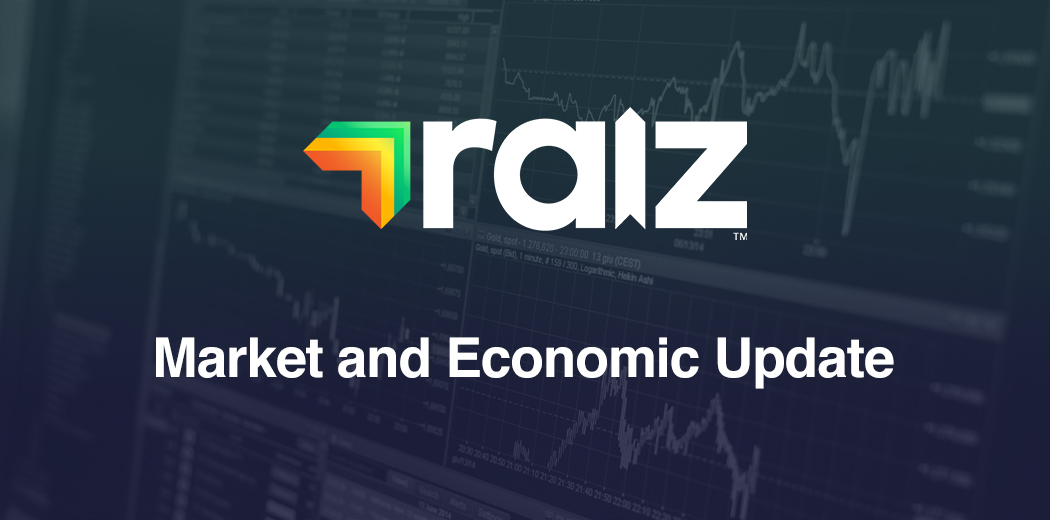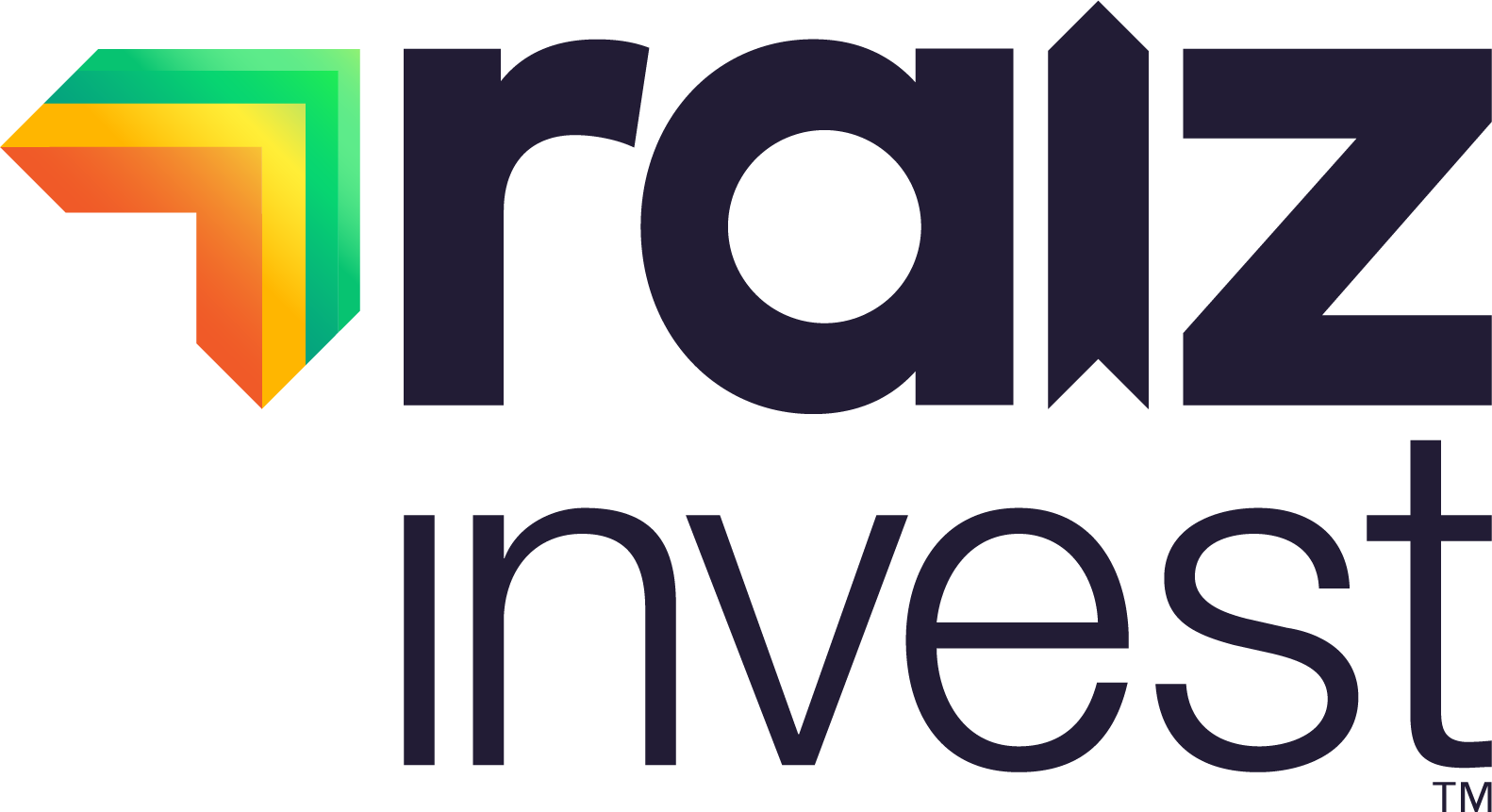Market and Economic Update: Rate cuts considered for AU, but not US

26/11/19
From George Lucas, Raiz CEO
RBA considered November rate cut
This week saw the release of the minutes of the Reserve Bank of Australia’s November meeting, which reinforced the view that Australia’s central bank is far from done loosening monetary policy.
The minutes show the RBA board gave serious thought to slashing the cash rate to a new record low before leaving it steady at 0.75 per cent, with considerations including falling retail sales, a softer outlook for household income and wages, and inflation and GDP growth missing forecasts.
What the minutes also suggest is that, against a backdrop of stubbornly low inflation and rising unemployment, it’s likely that the central bank will cut its policy rate by a further 50 basis points — two cuts — to 0.25 per cent by the middle of next year.
Beyond that, it may resort to quantitative easing as it doesn’t seem too keen on negative interest rates. The best guess at the moment is that it will buy roughly AUD $60bn of Australia’s government debt per year, or about 10 per cent of the outstanding amount, if it is launched.
It’s unclear what the market expects when it comes to QE, but it is probably not fully discounted yet, with investors still trying to get their head around a possibility of more than one rate cut ahead.
Fed not tipped to cut rates again
In the US, by contrast, less dovish language from the US Federal Reserve in recent weeks has seen the market move away from forecasting a final 25 basis point rate cut in December. Indeed, recently released minutes of the Fed’s last policy meeting reinforced the central bank’s message that it may be finished cutting rates for the time being, barring signs of economic weakness.
Meanwhile in Asia, the Bank Indonesia left its policy rate unchanged at 5.0 per cent, but cut its reserve requirement ratio by 50 basis points to 5.5 per cent in a bid to support economic growth. The move also suggests that the Indonesian central bank’s easing cycle is not over yet.
Christine Lagarde makes first speech as ECB boss
In Europe, there was little to get excited about, with a decline in the eurozone Composite PMI for November reinforcing the view that growth in the monetary union is likely to deteriorate further in coming months. With eurozone governments so far resisting pressure to loosen fiscal policy, the burden of stimulating the economy will continue to fall on the European Central Bank.
Christine Lagarde, in her first official speech as ECB President at the European Banking Congress in Frankfurt, gave little away about her next moves. However, there was nothing in the speech to suggest her stance on monetary policy will diverge from that of former ECB president Mario Draghi.
Indeed, Lagarde’s review of the ECB’s monetary policy strategy will, if anything, reinforce the case for further policy loosening. This is because there seems to be a consensus in favour of clarifying the inflation target, perhaps making it a straightforward 2 per cent. If this happens, eurozone lawmakers would be obliged to do more to boost the economy if inflation stays around 1 per cent next year.
Meanwhile, Lagarde’s calls for more fiscal stimulus are likely to fall on deaf ears, just as those of her predecessor did. Based on draft budgets from October, fiscal policy in the eurozone is set to be loosened by only 0.2 per cent of GDP in 2020, which is less than this year.
China Cuts 7-Day Reverse Repo Rate
Turning to China, this week saw the People’s Bank of China cut its 7-day reverse repo rate, from 2.55 per cent to 2.50 per cent, which is the first change to this rate since it was hiked in March 2018. The move is being seen as a key step towards lowering marginal funding costs for banks, which rely heavily on repos as a source of short-run liquidity.
It is also a sign, along with the recent cut to the PBOC’s MLF rate, that China’s central bank is starting to take a more proactive approach to pushing down borrowing costs. With economic growth still slowing and unlikely to bottom out in the near-term, the PBOC will likely take further steps to shore up lending, which has weakened recently.
____________________
Important Note: The information on this website is provided for the use of licensed financial advisers only. The information is general advice and does not take into account any person’s particular investment objectives, financial situation or investment needs. If you are an investor, you should consult your licensed adviser before acting on any information contained in this website.
Investors only: The information in this Document is confidential it must not be reproduced, distributed or disclosed to any other person unless it is part of their statement of advice. The information may be based on assumptions or market conditions and may change without notice. This may impact the accuracy of the information. In no circumstances is the information in this Document to be used by, or presented to, a person for the purposes of making a decision about a financial product or class of products.
General advice warning: The information contained in this Document is general information only. It has been prepared without taking account any potential investors’ financial situation, objectives or needs and the appropriateness of this information needs to be considered in that context. No responsibility or liability is accepted by Instreet or any third party who has contributed to this Document for any of the information contained herein or for any action taken by you or any of your officers, employees, agents or associates.



